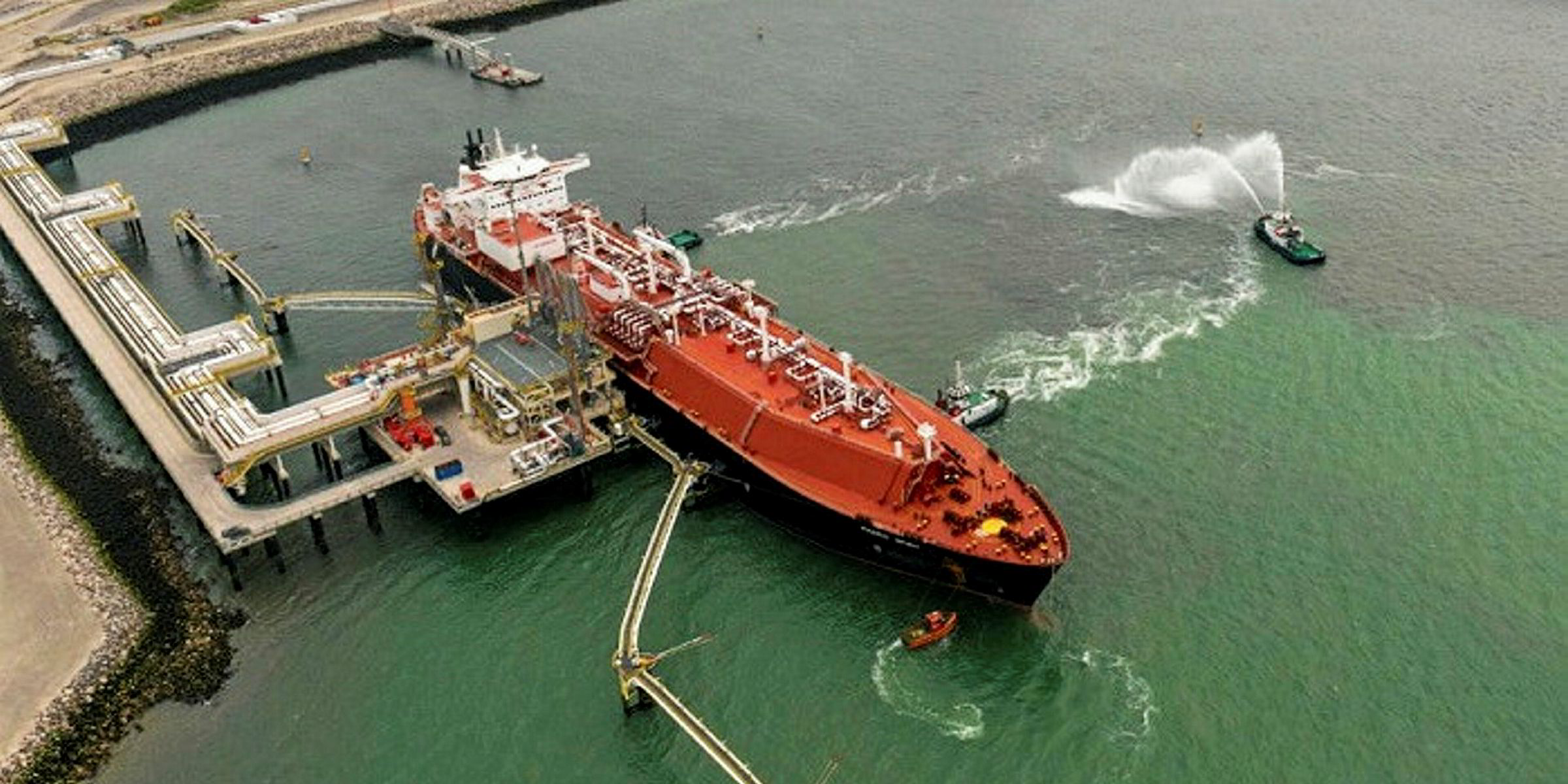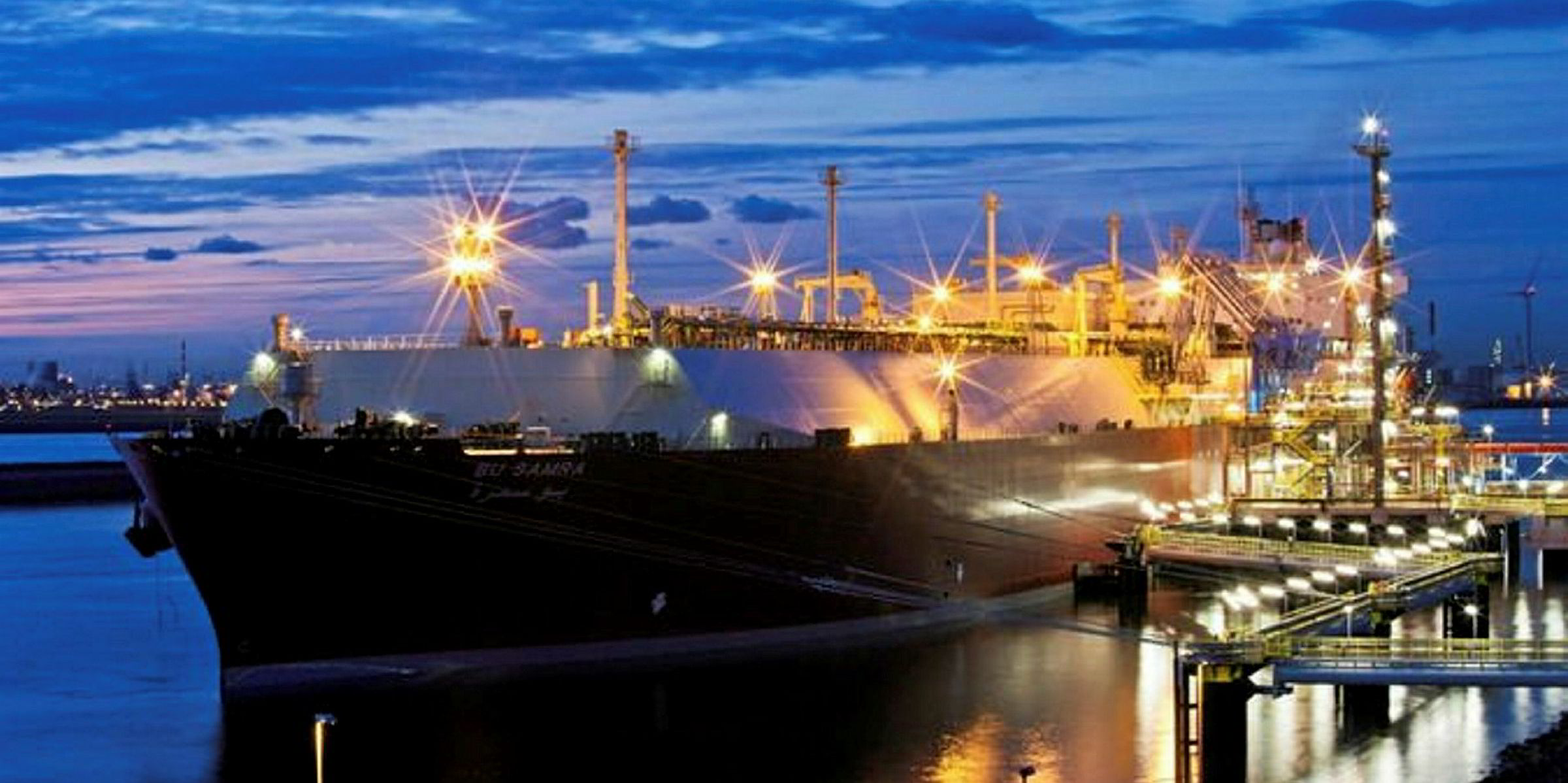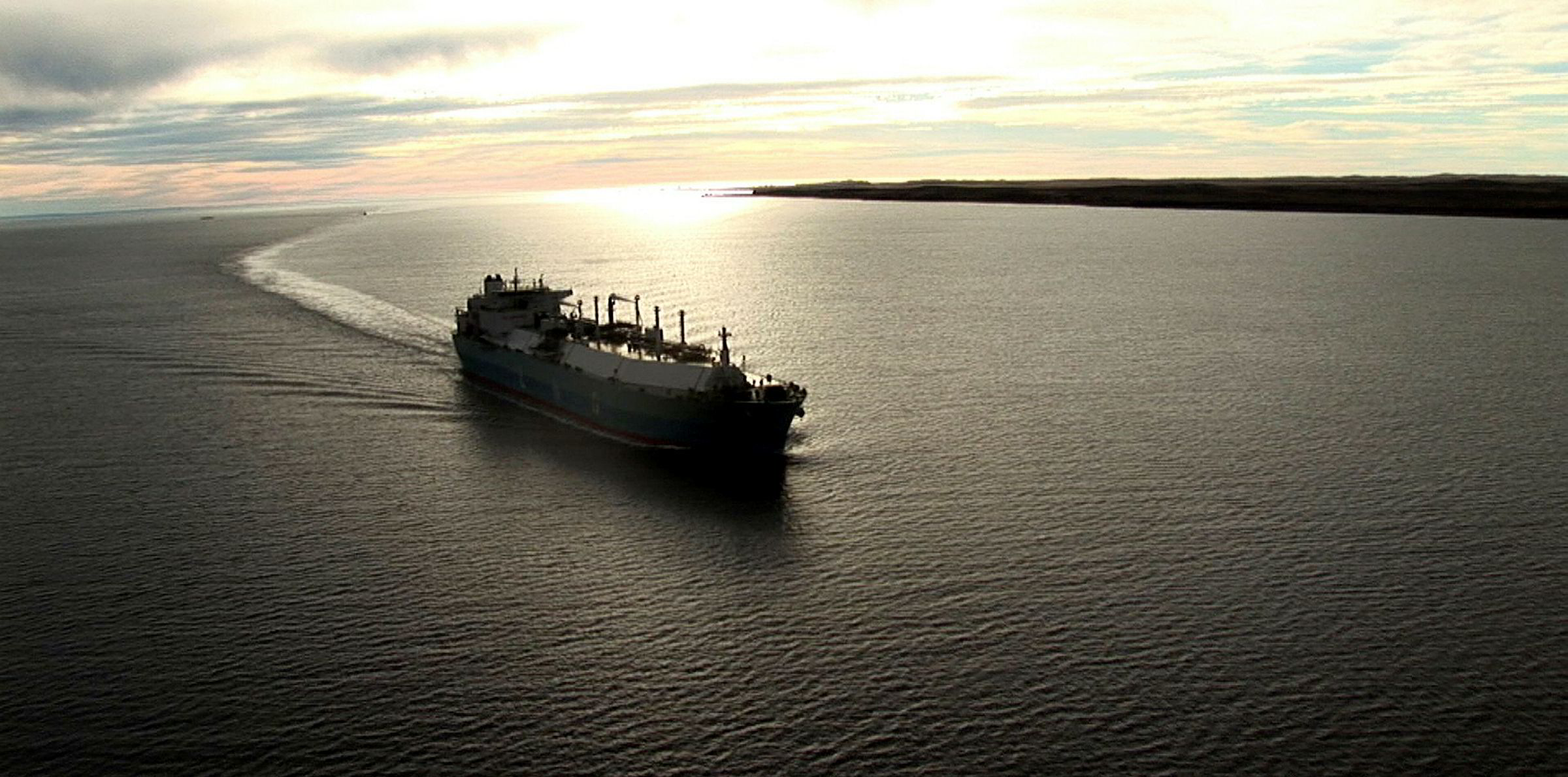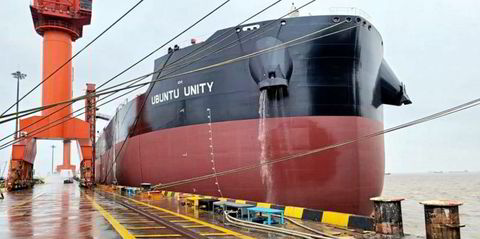Reductions in LNG demand across the world market will likely hit LNG shipping this year, the International Gas Union (IGU) said.
In its “2020 “World LNG Report” the IGU said: “The 2020 LNG shipping market will most likely be negatively affected by the COVID-19 virus outbreak, as demand for LNG is reduced due to lower activity in the industrial and commercial sectors,” the IGU said. “The lower demand will ultimately translate into fewer voyages for the LNG carriers.”
IGU president Joe Kang said he wrote his report message with “a heavy heart” at a time when the world is struggling to manage the growing global impact of Covid-19.
But he reminded that access to energy remains “a critical enabler” in these times of disruption and said: “Gas continues to play a vital role towards an economically and environmentally sustainable energy future.”
Global LNG trade in 2019: 354.7 MT
New liquefaction capacity added in 2019: 42.5 mt
Global regasification capacity at end Feb 2020: 821 mt
Global LNG carrier fleet at end of 2019: 541 vessels (includes FSRUs: 34 and FSUs: 4)
Floating regasification capacity end Feb 2020: 101.2mt
The report largely gives an in-depth snapshot of how the LNG industry looked in 2019, including a section on shipping.
It detailed that global LNG trade in 2019 increased for the sixth year in succession to 354.7 million tonnes, a rise of 40.9 mt.
The IGU recorded that a total of 5,071 LNG trade voyages were completed last year, up 11% on 2018 figure as new volumes from US and Australia came onstream.
Some 3,848 LNG trade voyages were made to Asia in 2019, a small 2% uptick on the previous year. But a record 1,364 voyages were completed to Europe, a rise of 70% on 2018.
The cargoes were carried on 541 vessels, with the average number of voyages per ship logged at 10.5, a slight increase on the 10.3 for 2018 as more Asian-bound cargoes were diverted to Europe.
The IGU detailed that there are currently 34 floating storage and regasification units in the global LNG fleet with 24 FSRUs used as terminals for the entirety of 2019.
As of February 2020, 12 offshore terminals, comprising up to 36.6 mtpa of regasification capacity, were under construction and eight have said they are scheduled to come online by end-2020.
The report acknowledged that there was a surplus of FSRUs in 2019 with several vessels being traded as conventional LNG carriers or open for charter.
But it says the market for regas vessels is expected to tighten in the longer term as the global LNG trade expands because of their ability to offer a quick and cost-effective solution for terminals, particularly for new importers.
While the bulk of the IGU's report appears to have been written before the impact of the Covid-19 pandemic hit the market, it does state that the LNG market is oversupplied. It said this will be challenging for new export projects and said "developers need to brace themselves for a continued glut" as supply outpaces demand.






